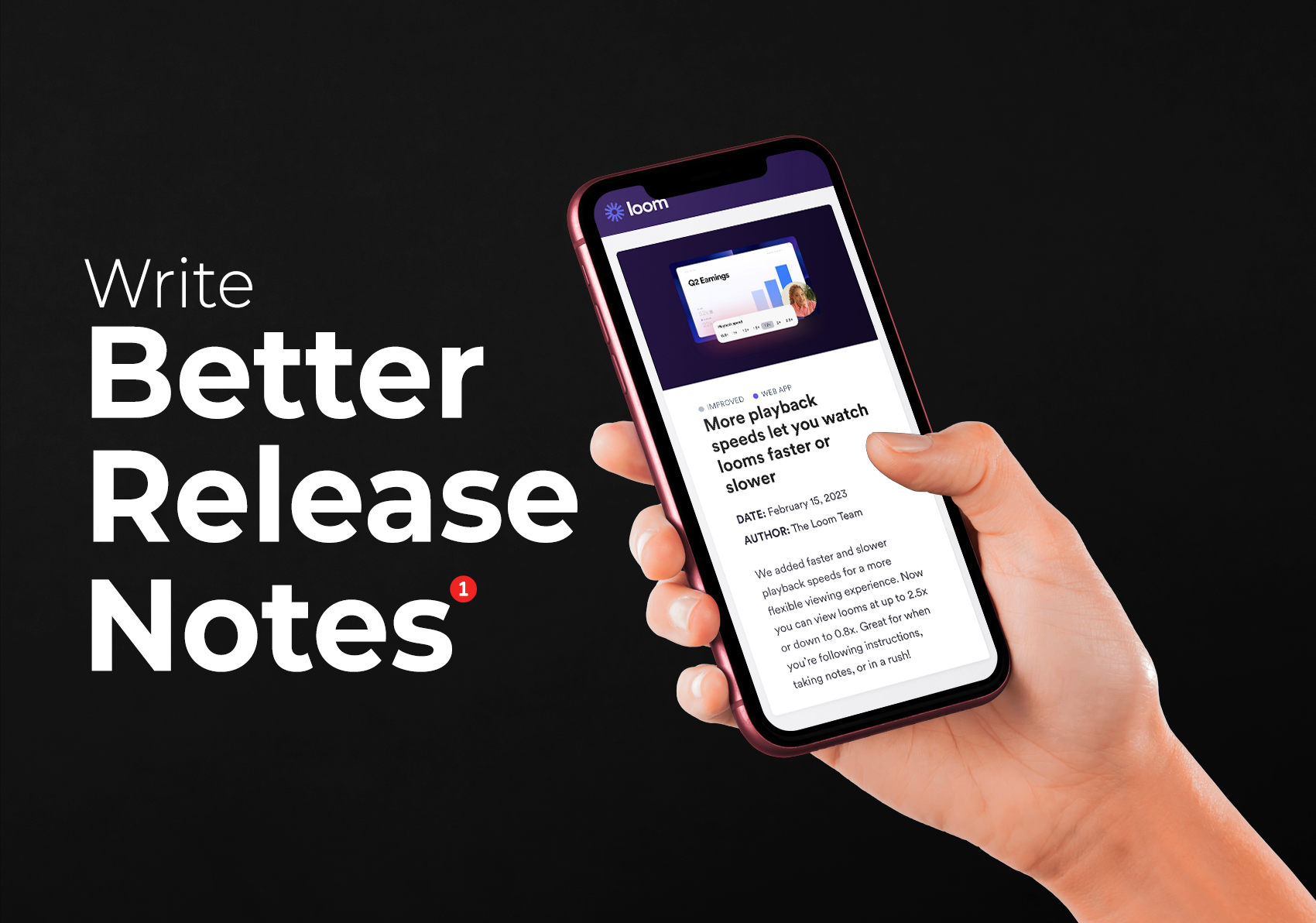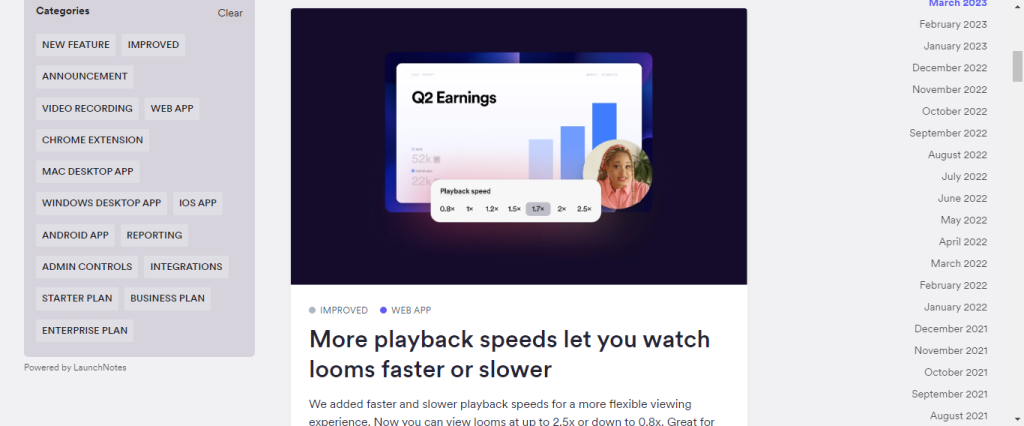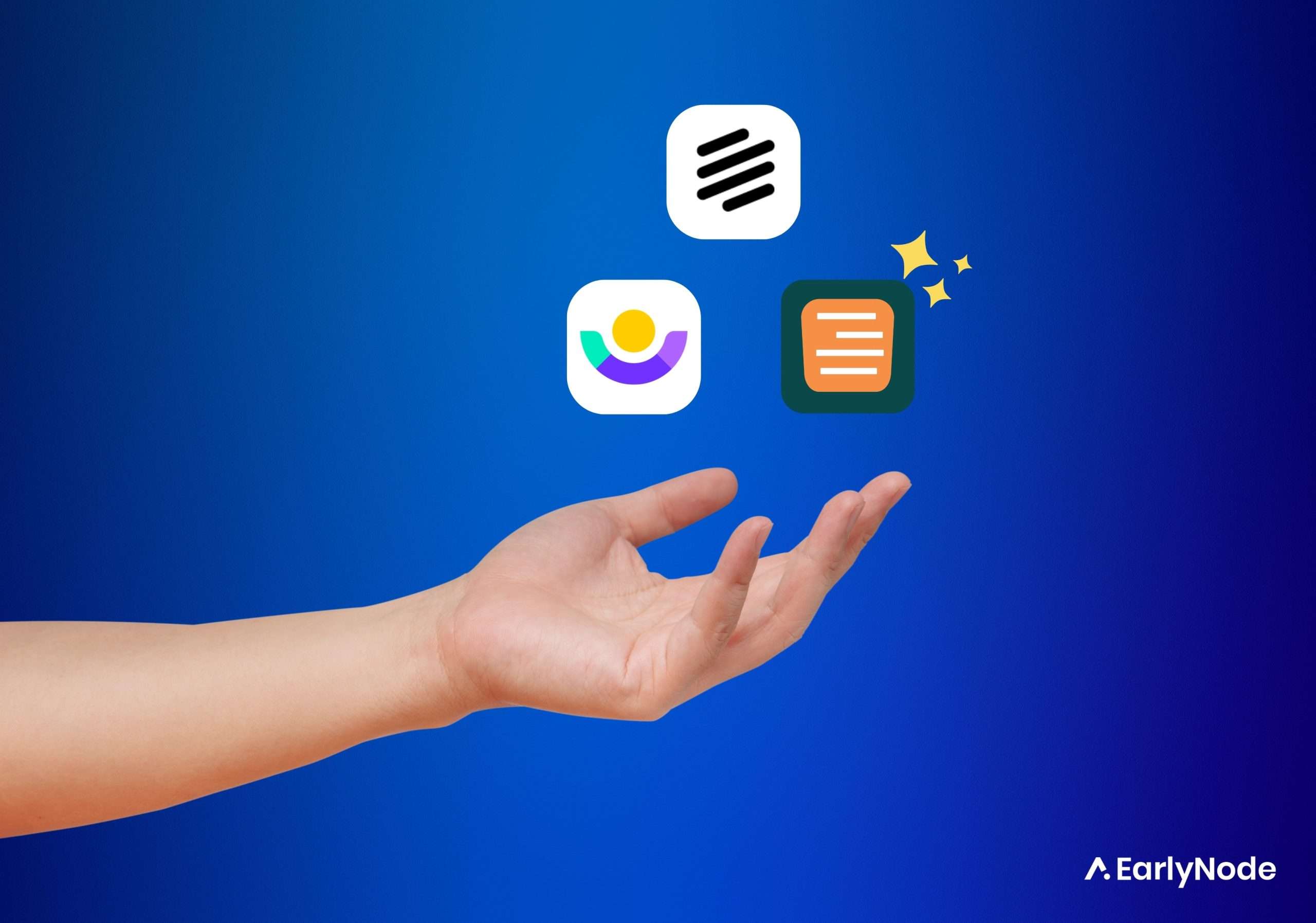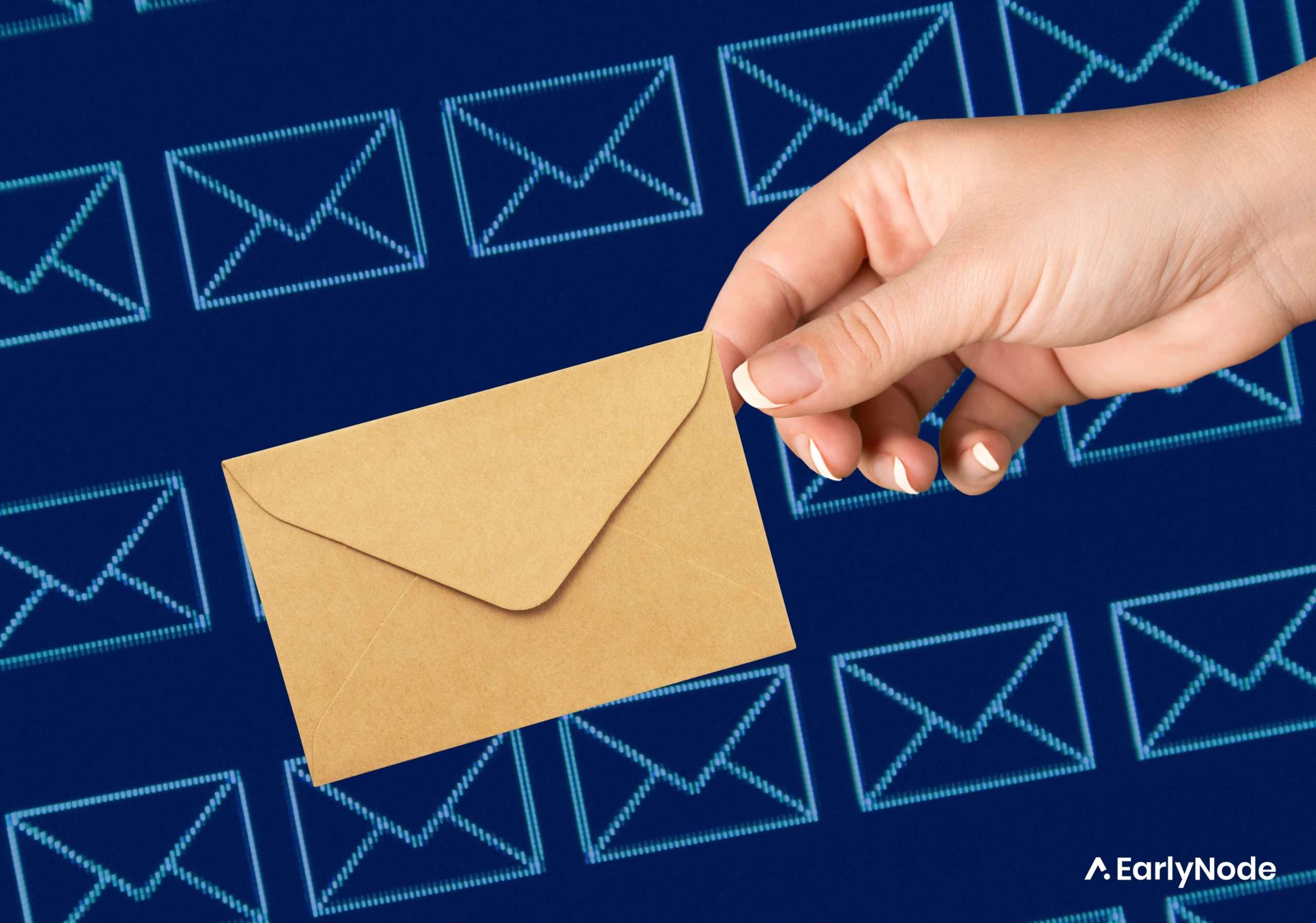How To Write Better Release Notes for SaaS

TL;DR
- Release notes help keep customers informed about your product changes and to keep users engaged and excited about your SaaS.
- You can share your release notes via email, in-app changelog, or a standalone changelog.
- Make your SaaS release notes scannable; users should be able to spend a few minutes skimming your article and still go away with a fair idea of the new changes.
- Keep release notes organized. Divide your notes into sections or categories for users to easily access the info they’re looking for.
- Use templates to save time starting from scratch so that you focus more on the content.
What are SaaS release notes?
SaaS release notes are like the juicy gossip of the software world. They’re a summary of all the new features, bug fixes, and updates that are being rolled out to users. You know, the stuff that everyone wants to know about but never has the time to go through every single detail.
These release notes are super important because they give users a heads-up on what’s changed and what to expect.
Release notes are crucial to keeping users engaged and happy. They show that the software company is constantly improving and listening to user feedback. Plus, they give users something to look forward to and get excited about.
Why are SaaS release notes important?
SaaS companies publish release notes for many reasons:
- To keep customers in the loop: You can use release notes to communicate with customers about new features, bug fixes, and other updates. Sharing these updates makes customers feel like they’re part of the app’s development and can stay up-to-date on changes that affect them.
- To build trust and credibility: Being transparent about your updates can build trust and credibility with your users. Customers want to know that you’re working hard to improve and fix issues as they arise. For example, when you announce that you’ve improved security, it can make users more confident about using your SaaS app.
- For feedback and engagement: When a company shares product updates through release notes, they can invite customers to share their thoughts and opinions. They can ask their customers for feedback on how it’s working for them.
- Showing the product’s value: Release notes can be used to highlight the value of your product. By sharing the benefits of new features and updates, you can remind customers why they chose your product in the first place. For example, if a company like Loom adds a new screen-sharing feature, they can explain how it makes virtual communication more efficient.
How to deliver your release notes
There are many channels for sharing your release notes. But the most common ways are:
Most SaaS companies share product updates via email. It’s popular because it allows you to reach users outside your SaaS app, including the inactive ones. Sometimes poor open rates can affect how many people get your announcements. It’s better to combine email with other channels.
In-app widget
This is very effective because the user gets the info while they’re in the app. With a notification widget, you can ensure all your product update announcements are in one central place for users to access easily.
Standalone changelog
If you’re going to be regular with your announcements, you need a platform to host all of them in an organized way.
A standalone changelog page is just the thing for that. It allows you to publish longer forms of content that might be too much for email or in-app messaging.
Changelog tools like ReleaseLog help you create a standalone changelog site where you can publish all your release notes.
9 Tips on how to write better release notes for SaaS
Knowing what release notes can do for your product, but it’s no guarantee that you can write them effectively. Here are a few things you can do to make them better.
#1 Make release notes skimmable
Let’s face it. It’s no fun reading huge blocks of text. Users don’t have time to read lengthy release notes and will bounce off if your release notes look like a speech. If you’re sharing the information via an in-app changelog, keep it short, biteable, and to the point.
For your standalone changelog page, use headings and subheadings to help users quickly jump to the main points. Avoid long paragraphs and stick to bullet points or short sentences.
#2 Write in simple language
Keep your language simple and easy to understand. Avoid technical jargon and industry-specific terms that your users may not be familiar with. For example, instead of using technical terms like “API,” use plain language like “data connection” or “integration.”
#3 Use relevant visuals
Use relevant visuals like screenshots, gifs, and videos to help explain new features or updates. These visuals can make your release notes more engaging and easier to understand.
For example, if you’re introducing a new design feature, include a screenshot or a short video showing how it works.
#4 Lead with the benefits
It’s not enough to just list out the technical capabilities of the new feature – you need to explain why they matter to your users.
By leading with benefits, you help your users see the value in what you’re offering and understand how it can solve their problems and make them more likely to use it.
#5 Stay in touch with your brand voice
Make sure your release notes align with your brand voice and tone. If your brand voice is casual and friendly, go with that flow. Oh, and don’t forget to use emojis too 😉. If your brand voice is more formal and professional, let it reflect in your release notes.
#6 Keep release notes organized
Organized release notes will increase engagement. Break up your release notes into sections or categories to make it easier for users to find the info they’re looking for.
A great way to keep your updates organized and easy to find is to keep them in one central location, like an in-app changelog.
#7 Show proof that you work on user feedback
Show users that you value their feedback by highlighting the changes you’ve made based on their suggestions.
For example, if a user suggested a new feature and you’ve implemented it, mention that in your release notes. It’s one of the easiest ways to keep them excited and engaged.
#8 Use templates
Instead of starting from scratch every time you write a new set of release notes, you can use a pre-existing template that’s already tailored to your needs.
This helps you to focus on the content of the notes themselves, rather than getting bogged down in formatting and structure. But it’s important to choose a template that fits the type of product update you’re making.
FYI: If you’re looking for templates for different types of announcements, check out our article here.
#9 Guide your users to take action
Release notes shouldn’t just inform users about new features or updates, but also point them to the next steps to take. Be crystal clear with your instructions – users usually ditch CTAs when they’re too many or too confusing.
For example, if you’re introducing a new subscription plan, provide a link to upgrade or downgrade the plan.
💡 Pro tip: Bad CTAs focus on what a reader has to do. (Eg. Sign up today). Good CTAs focus on what they get (Eg. Get full access today).
An example of an effective release note: Loom
Now that you know some tips for making your release notes look better, let’s look at how Loom applies some of these tips to boost engagement.

Great organization
The first thing you’d notice is how organized the changelog page is. Loom sorts release notes according to date and category. That way you can easily find the latest development on a particular area, for example, integrations.
Engaging visuals
Being a video based company, it’s not strange to see Loom use screenshots and videos to explain their updates and give more context to the announcement. Videos sustain users’ attention longer than text can.
Plain and simple
Do you spot any technical jargon in the write up? Neither did we. Loom uses plain and simple language to explain the update and the whole announcement was written in just a few lines.
Keep your users in the know!
You can write, edit and publish release notes with ReleaseLog. It’s a powerful changelog tool designed for busy SaaS founders and product managers who want to communicate product updates and keep users engaged on all their product updates. It allows you to share updates while users are active inside your app. Click here to get started or learn more.



